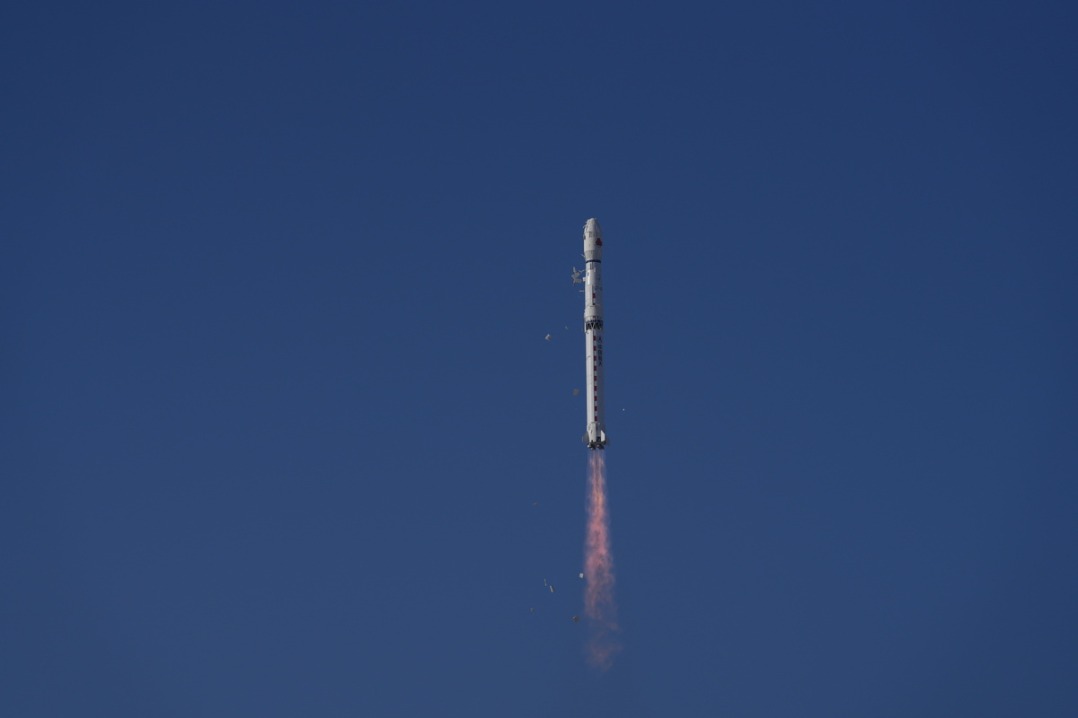Chinese telescope collects largest data set on stars


China has released 11.25 million spectra - keys for understanding the properties of celestial bodies - acquired by the Large Sky Area Multi-Object Fiber Spectroscopic Telescope to astronomers worldwide.
As the world's largest spectral survey telescope, LAMOST marks the world's first spectral survey project to obtain more than 10 million spectra, which will give insights into chemical compositions, densities, atmospheres and magnetism of celestial bodies.
Among the data, there are 9.37 million high-quality spectra, twice the total number of other astronomic surveys internationally. There are also 6.36 million stellar spectra, creating the largest stellar parameter catalog in the world, according to the National Astronomical Observatories of China of the Chinese Academy of Sciences on Friday.
Finished in 2008, LAMOST began regular surveys in 2012. The telescope is located in National Astronomical Observatories of China's Xinglong Observatory, in north China's Hebei province.
The telescope can observe about 4,000 celestial bodies at one time, and can also help calculate the age of more than a million stars.
According to Zhao Yongheng, a researcher from the National Astronomical Observatories of China, LAMOST's latest spectra data is the world's most complete astronomical data set, providing a reference for the formation and evolution of the Milky Way as well as other galaxies.
More than 100 institutes and universities from the US, Germany, Belgium, Denmark and other countries and regions around the world are using this data to carry out research on the evolution of the Milky Way, stellar physics and special celestial bodies.
With LAMOST, Chinese astronomers have discovered the most lithium-rich giant star ever known, as well as more than 10,000 metal-poor star candidates, which may help shed light on the early universe and the emergence of the first stars and galaxies.
Xinhua
- Former senior official of Ningxia sentenced to death
- Development program narrows urban-rural gap in Guangdong
- Wuxi Winter Bazaar creates cross-cultural gathering
- Expressway service area featuring a natural hot spring to open soon in Guangdong
- Former Ningxia political advisor sentenced to death for bribery
- Former senior official of Jiangxi expelled from CPC





































